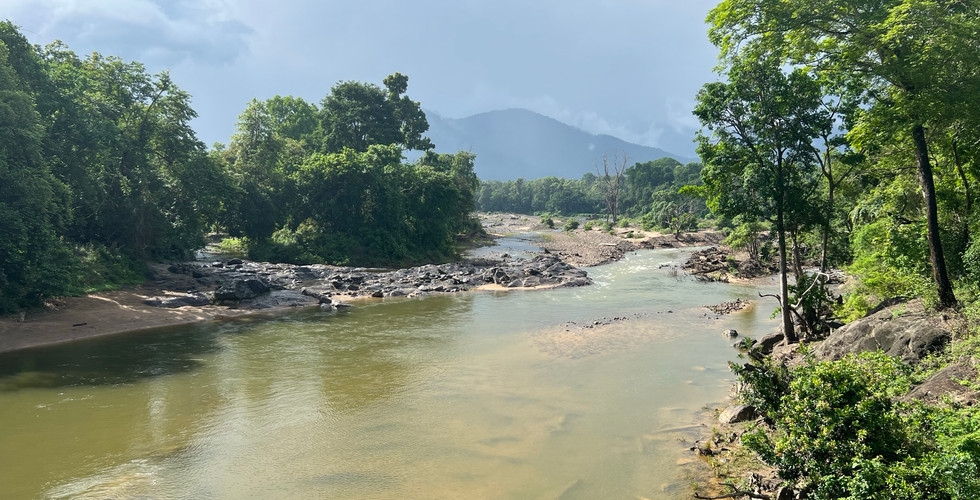The Kerala Elephant Corridor Project
- Sangita Iyer
- Oct 19, 2024
- 2 min read
Updated: Dec 2, 2024
Updates
VFAES purchased four acres of land from private owners inside the Nilambur forest of Kerala and handed it over the Kerala Forest Department for rewilding. The land, which had been converted to a plantation, is surrounded by reserve forest, a key habitat for a variety of wildlife, including elephants, tigers, and leopards. The area also forms part of the Nilambur Elephant Reserve and houses around 340 elephants. VFAES is now awaiting court documents enabling VFAES to transfer the land to the Kerala Forest Department to be rewilded and kept as a natural habitat in perpetuity. This rare public, governmental, and nongovernmental partnership exemplifies VFAES’s inclusive and collaborative approach to conservation, garnering media coverage that can be found here: https://www.vfaes.org/news-coverage
Globally there are approximately 40,000 wild Asian elephants, with 24,000+ in India. A 2022 study conducted by the Wildlife Institute of India and state forest departments estimated that India's elephant population has decreased by almost 20% from 2017 to 2022-23. They are mostly spread across 29 Elephant Reserves, covering 11 elephant landscapes in 14 states. India houses approximately 55% of the global Asian elephant population, and protecting them in this last stronghold is their only hope for survival.
According to Worldometer, human population in India is growing exponentially, at 1.45 billion as of November 30, 2024 according to the Worldometers. Linear developments, irrigation canals, transport infrastructure developments that cut through critical elephant habitat, and unsustainable use of land in many parts of India, are all causing habitat fragmentation, confining elephant populations to small islands of land. In addition, the threat from poaching for ivory has considerably depleted the number of tuskers, leading to a highly skewed sex ratio.
Megaherbivores such as elephants, are most affected by habitat fragmentation and its depletion, as it pushes elephants out of the forest to find food, leading to human elephant conflict (HEC) and senseless loss of lives - both human and elephant. On an average 400-450 people are killed by elephants, and around 400 wild Asian elephants are killed each year in India, caused by electrocution, railway collisions and poisoning, pushing the species closer to extinction.
Prioritizing Elephant Corridors in Key Landscapes Across India:
Securing elephant habitats and restoring corridors that elephants have been traditionally using would alleviate HEC, and prevent unnecessary deaths. This is of particular importance now, as the number of corridors has gone up due to the unprecedented land fragmentation in the past decade. According to the Ministry of Environment Forest and Climate Change, “a total of 150 elephant corridors exist in 15 elephant range states across the four elephant-bearing regions of India,” confirming the reckless and unsustainable land management.



























Comments